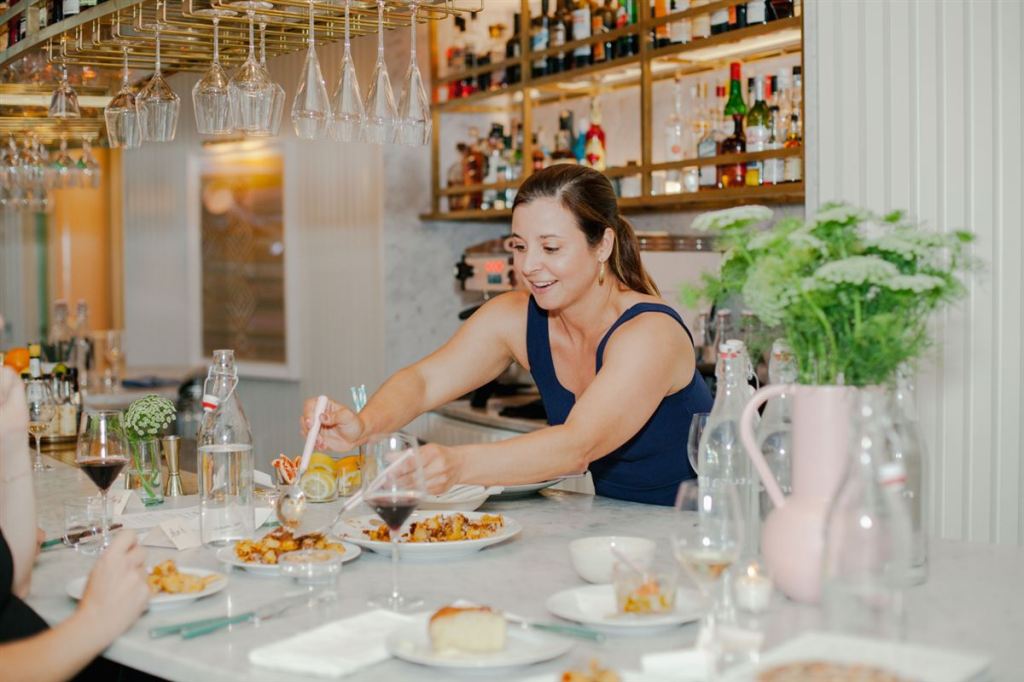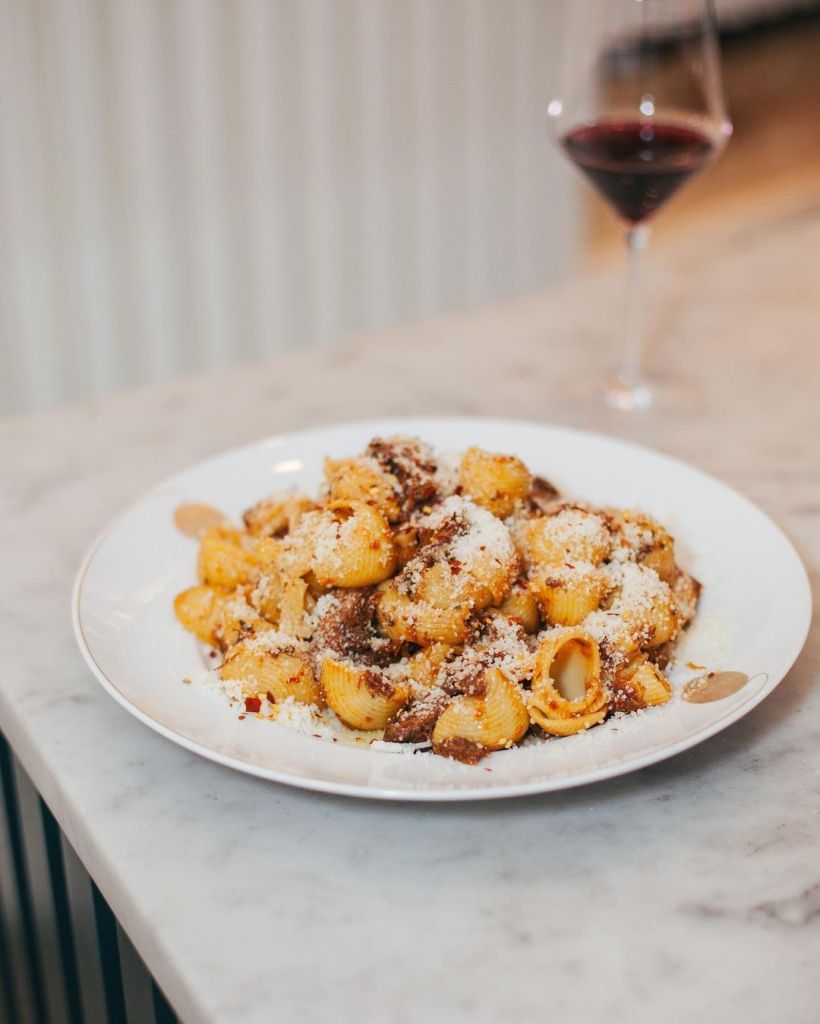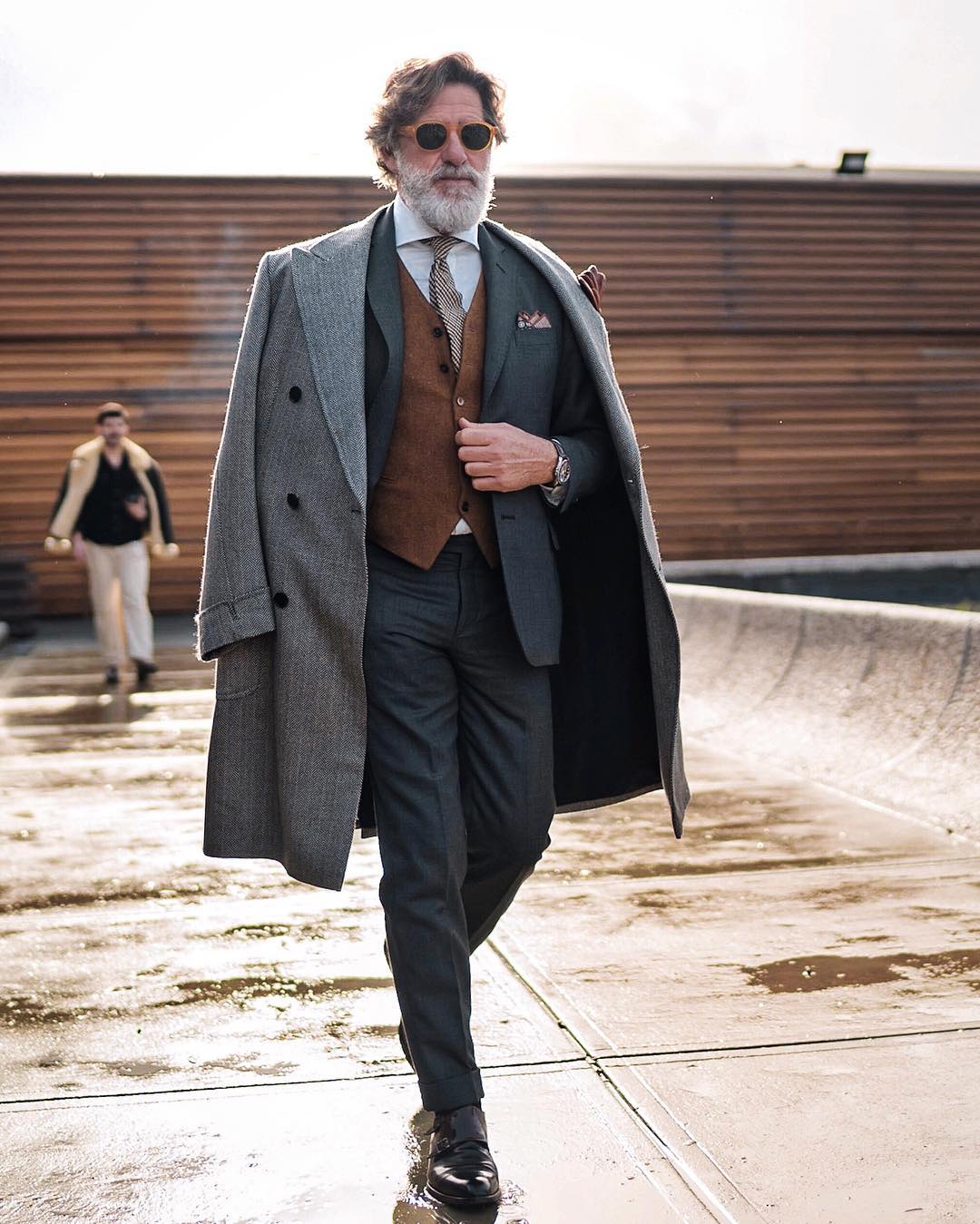Trace the origin of any Italian ingredient and you will somehow end up in Emilia Romagna. Mention the name to any well-deserving Italian chef and they would talk for ages, about the “sensational Parmigiano Reggiano”, the “noble Culatello”, the “Balsamico Vinegar, smooth as velvet”. The list just goes on. It is where the most Italian of all Italian food comes from, and the most quintessential. In Emilia Romagna, there is no festival. There is only the feast. And so, the gastronomic adventure in Italy’s eating table begins.

PARMA
In Parma, the practice of ham-making practice is a tale as old as time. It is here, near the Po Valley, where the luxurious Culatello di Zibello is made. The Bergonzi family at Podere Cadassa has been crafting culatello for decades. In a natural cellar frozen in time, the culatello ages until its flavour is at its fullest. The precious meat is salted and refrigerated, before being placed in the cellar where humidity takes full reign. A walk through the cellar always ends at the family’s restaurant, Al Vèdel. In the kitchen, Chef Enrico arranges thin slices of culatello, from 16 months to 26 months to 38 months, on a perfectly polished porcelain plate. In the evenings, loud chatters emanate from the linen dining tables and red leather booths. Waiters rush to and fro tables to shave black truffles on ox tartare as a cheese cart trails them. Ravioli is served Colorno style, as Al Vèdel calls it, with pears, grape seeds and pumpkin.










MODENA
In Modena, the making of balsamic vinegar is a tradition still preserved at Acetaia Pedroni. Cooked fermented grape must sit in the battery, or barrels, to age for at least 12 years.
The tasting menu gives a small but complete offering of dishes that compliments the balsamic vinegar, but it’s the a la carte menu the locals order from. Vegetable flan with Parmigiano Reggiano cream, ricotta tortelloni and custard cream gelato are dished out before the owner comes over with their treasure – a bottle of balsamic vinegar. Slowly, he dabs the smooth, thick vinegar over the food in carefully measured drops as he smiles with pride. It could be the pride of owning a centuries-old tradition, or the pride of owning the barrels that produce the best balsamic vinegar in the world. Nobody knows. But everyone leaves the osteria in silent agreement that it was a dining experience unlike any other.





BOLOGNA
When in Bologna, a few slices of mortadella are in order. Mo Mortadella Lab gives a generous serving of Bologna’s favourite slice in a panini. Go before lunch to avoid the queue of hungry Bolognese. In Bologna, the wining and dining hour eases past the reasonable Italian lunch hour. Armed with a few plates from the local macelleria, you can grab a seat and a mandatory drink at Osteria del Sole where this longtime establishment has a strict bring-your-own-food rule. At one table, a class of students from the nearby university are having a toast with their teachers. At another, an old man sits perched over a notebook as he pens some sentences on the parched paper. Everyone has a glass of something on their table. For dinners, Hostaria San Carlino and Osteria dell’Orsa are perfect for Bolognese classics like tagliatelle al ragù and tortellini in brodo.
On any day in Bologna, chefs clamber to Antica Aguzzeria del Cavallo located on Via Drapperie. Hundreds of kitchen tools hang on wooden displays from ceiling to floor in this historical shop, any kind you can ever imagine. As a customer rattles off a list, the shop assistant bustles about, grabbing two ravioli stamps, an anolini stamp, a truffle slicer, a gnocchi cutting board and a dozen or so ravioli moulds. It’s a busy day at the Antica Aguzzeria del Cavallo.













BRISIGHELLA
It’s a whole new world further south in the region. Brisighella is nearer to Ravenna, and so nearer to the coast. There is a very serious seafood scene with restaurants like La Lanterna, where plates heaping with pasta and shellfish are paraded to the tables. Others include La Cavallina and Osteria Pontenono, or Il Portolano and Osteria Il Paiolo in Ravenna.
A few minutes on an unpaved road across a bridge from Brisighella will take you to Azienda Agricola Baccagnano, an agriturismo with a handful of rooms. The owner of the winery, Marco, furnished the modern rooms with vintage finds. In a restored church, guests have a breakfast of croissants, local cheeses and fruits on beautifully-mismatched place settings. Doubles start from €90.
For views of Brisighella, take a walk from the town center to La Rocca Manfrediana and on to Torre dell’Orologio. The town truly comes alive when celebrating the autumn harvest. People come in droves from the neighbouring houses to gather around the white-top tents where the food – salumi, cheeses, pears, truffles, porcini mushrooms – are proudly boasted by their farmers. There is a band making uproarious music. White-haired Italian men are indulging in a guitar riff on a makeshift stage, crooning the tunes of 80s rock music. Even as night falls and the stalls close, the crowds disappear into the bars. The night is still young.



















